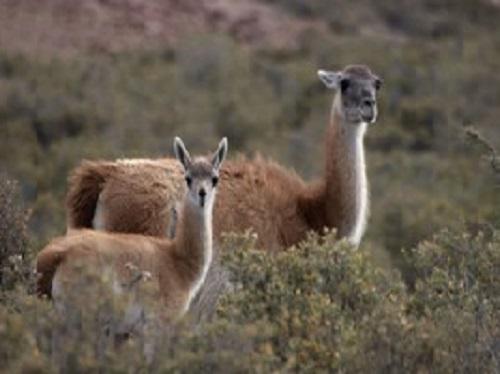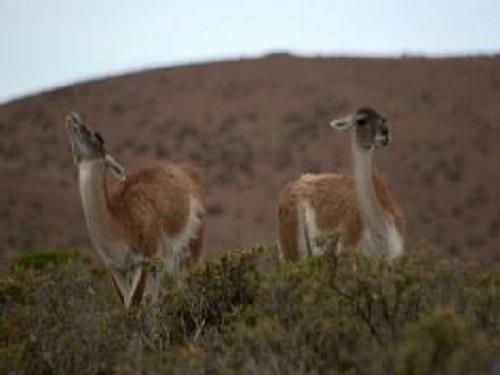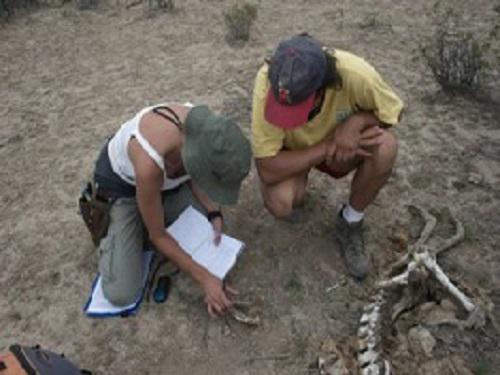Andrea Marino
Other projects
12 Jul 2007
Guanaco Vulnerability to Puma Predation: Ecological Factors Affecting Anti-Predatory Responses
This project aims at exploring guanaco population dynamics within protected areas in order to start building up information needed to back management recommendations.

Guanacos.
Sheep ranching, the main productive activity across the Patagonian steppe, not only has produced biodiversity losses but massive habitat degradation. Guanacos are the dominant native herbivore in this ecosystem and a potential alternative to the traditional sheep-ranching that have proven to be no longer economically viable. Understanding demographic processes became a priority since local authorities need to answer farmers’ demands for reducing or exploiting guanaco populations that inhabit their ranches. However, as there is no information on natural demographic processes, experts have failed to come up with sound recommendations to support these programmes within a sustainable approach.

Alpha male and female in Cabo Dos Bahías Reserve.
Population ecology is particularly difficult to study in ungulate species. Extended generation time requires long and systematic time series data which are often unavailable. However, studies directed at identifying vital rates that are more variable and which are most likely to influence changes in population size can help understanding demographic processes. The combination of this project with a previous one supported by a Rufford Small Grant will produce critical information about guanaco vital rates and allow to start constructing the first set of models to explore how density-independent and density-dependent factors regulate guanaco abundance within protected areas.

Andrea Marino and Alejo Irigoyen collecting teeth samples.
The specific objectives of this project are to:
1. Describe how annual rainfall affects forage availability and herbivore carrying capacity and estimate their variability at different spatial scales within three wildlife reserves located in Eastern Patagonia.
2. Describe how forage availability and winter temperature affect guanaco recruitment and survival rates within these protected areas.
3. Combining results from objectives 1 and 2, construct a set of mathematical models, accounting for age structure, in order to describe guanaco population dynamics, including environmental stochasticity and density-dependence. Evaluate models’ capability to reproduce past demographic events observed in the studied populations.
4. Conduct sensitivity analyses on model parameters to improve field sampling protocols, re-allocating resources to improve precision in the estimation of each vital rate according to its relative impact on model outcomes.
5. Continue and improve data collection to assemble proper time series of guanaco abundances and relevant environmental variables to assess our understanding of the processes involved in their dynamics and test in the future predictions derived from these models.